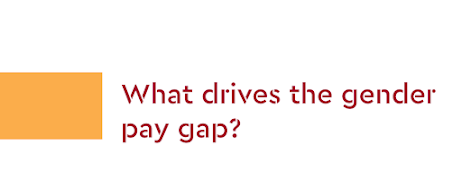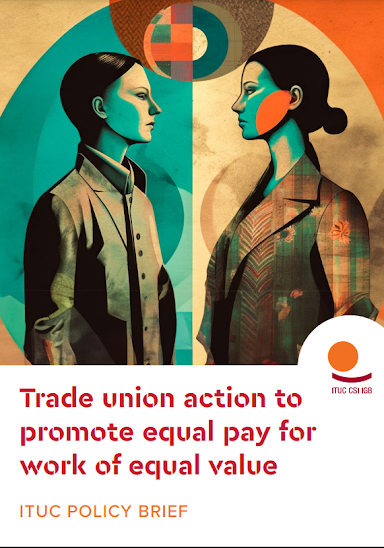Trade union action in closing the gender pay gap around the world.

Equal pay for work of equal value is at the core of the trade union call for a New Social Contract . This entails the creation of quality jobs, including in the care economy, respect for fundamental labour rights , adequate wages , universal social protection , and greater equality and inclusion. Equal pay for equal work is more likely to be achieved within inclusive and egalitarian labour markets . Trade unions and adequate gender-inclusive policies and regulations are central to both the development of inclusive labour markets and to the pursuit of gender pay equality . This section presents some examples of how trade unions around the world have campaigned to tackle gender pay gaps through social dialogue towards the adoption of conducive legislation, workplace policies and collective agreements, as well as through promoting campaigns and other tools and initiatives. CHILE - In 2022, an agreement between the Government of Chile, the Central Organization of Chilean Workers





